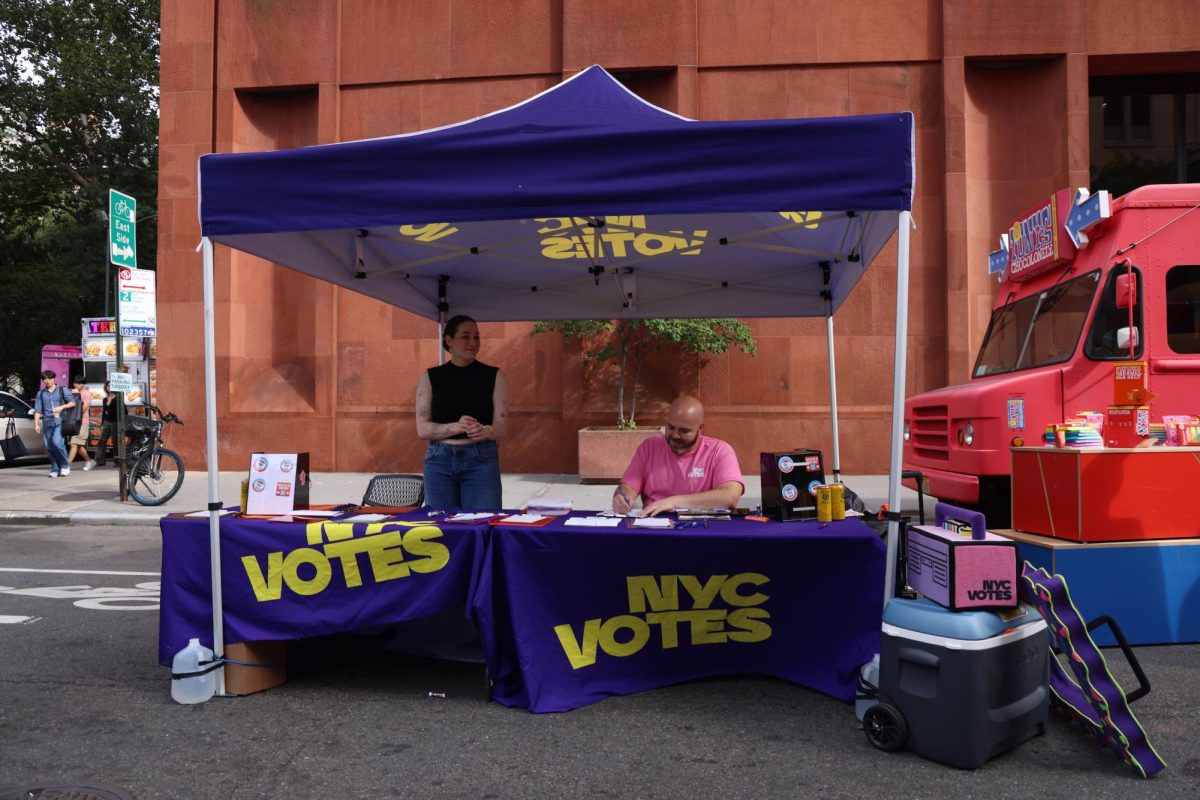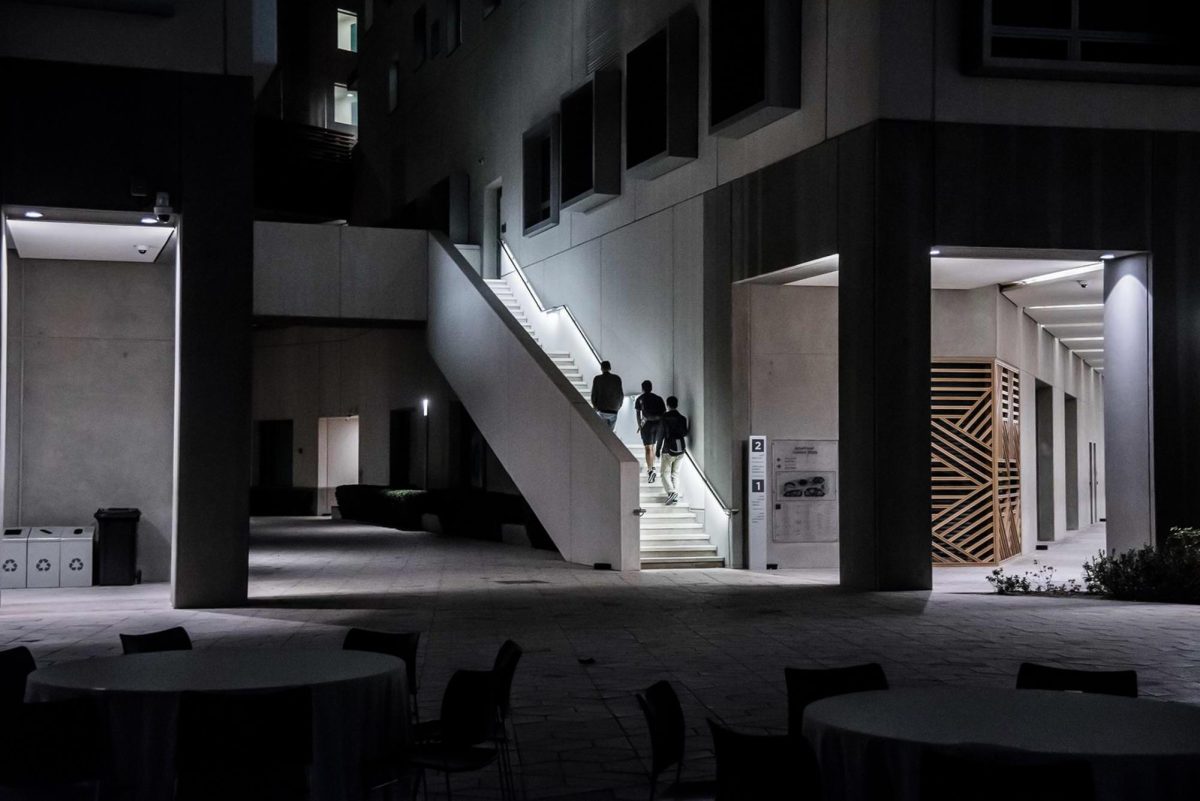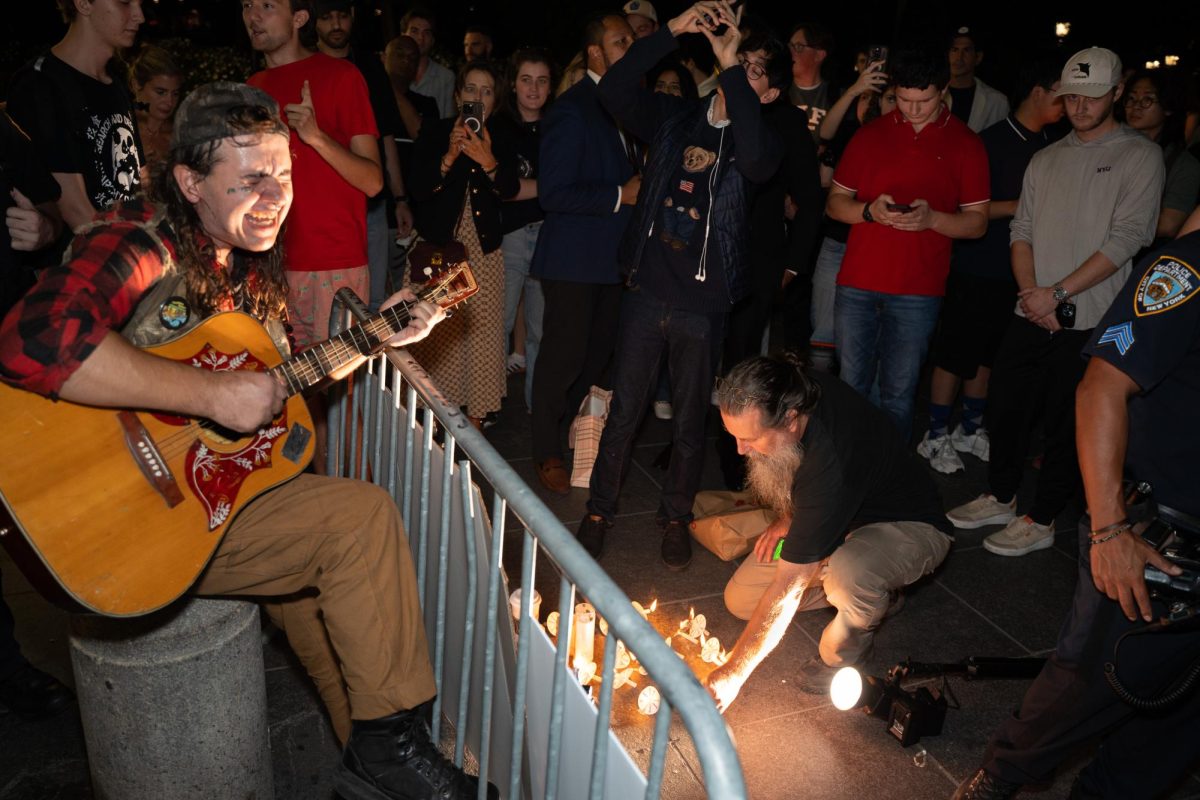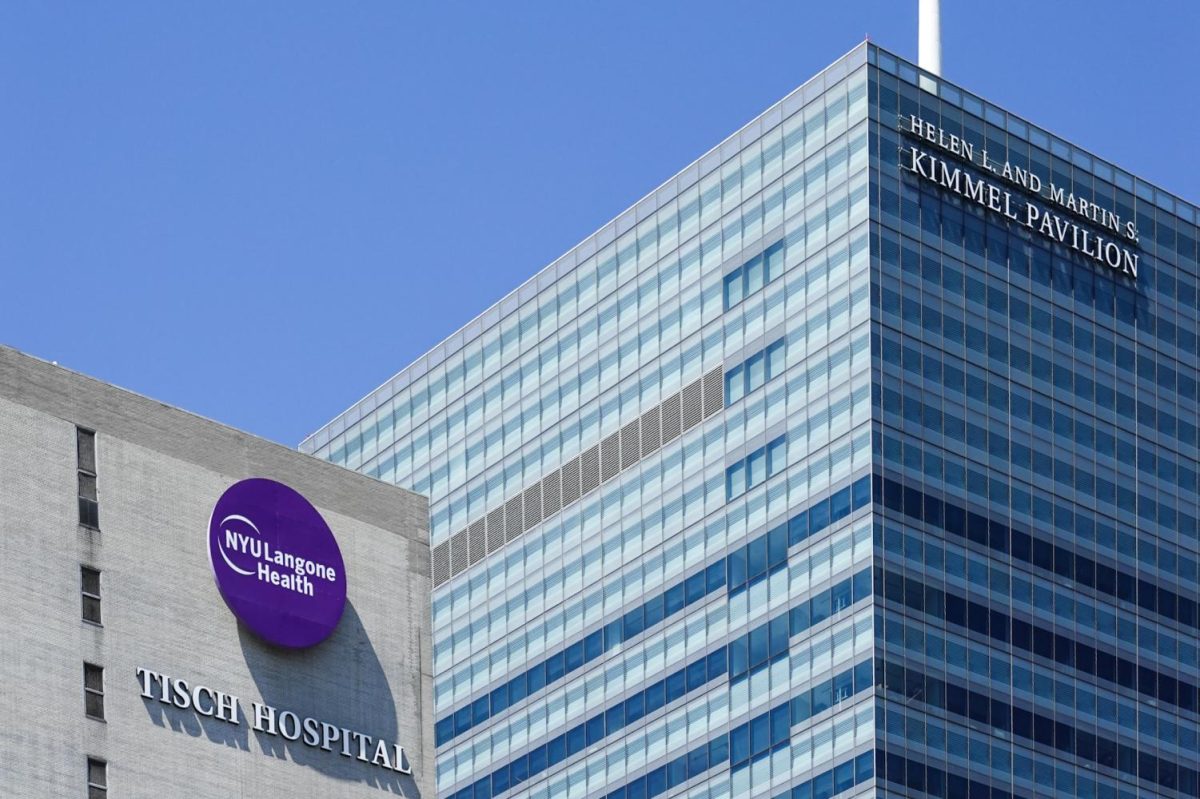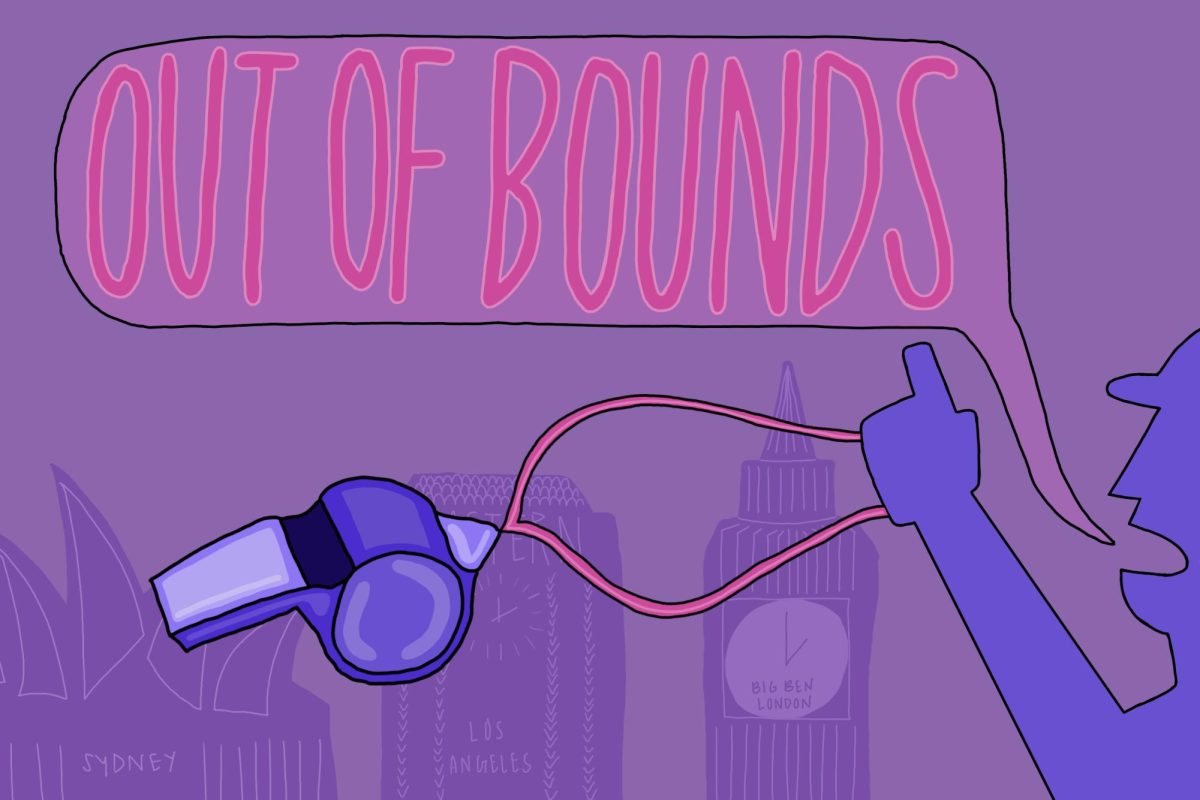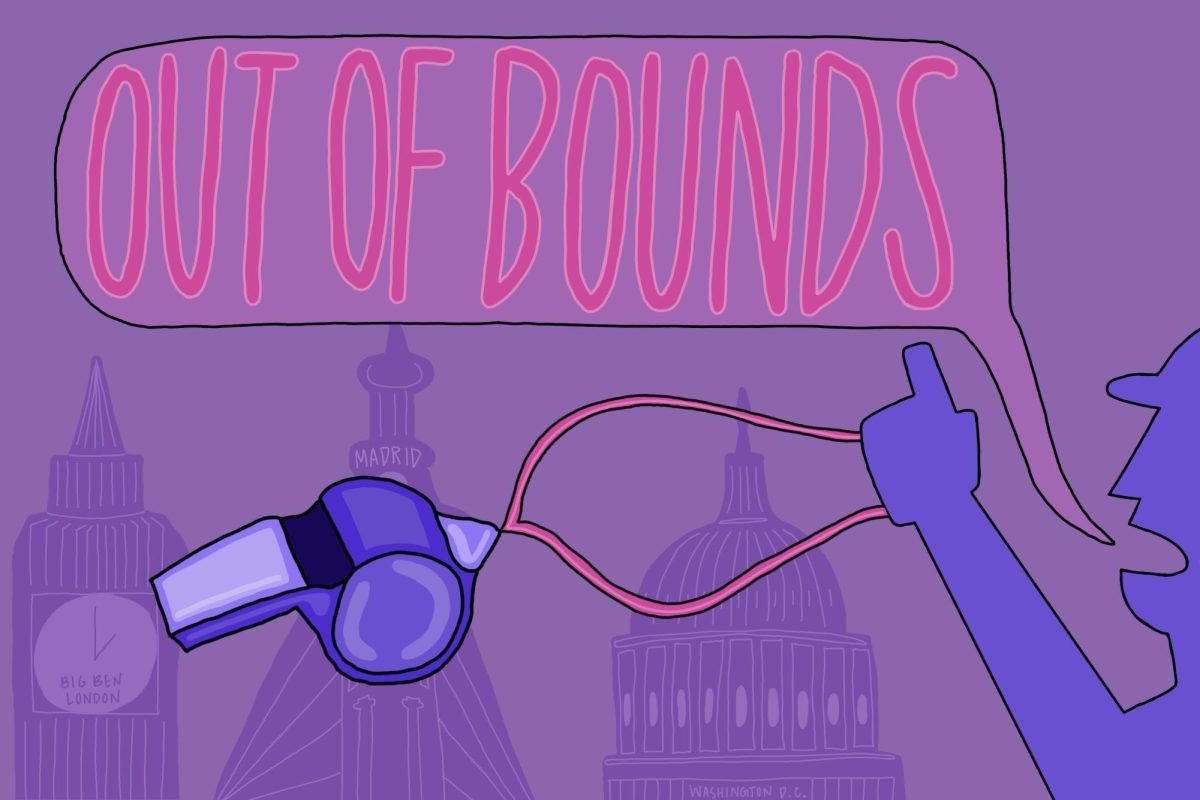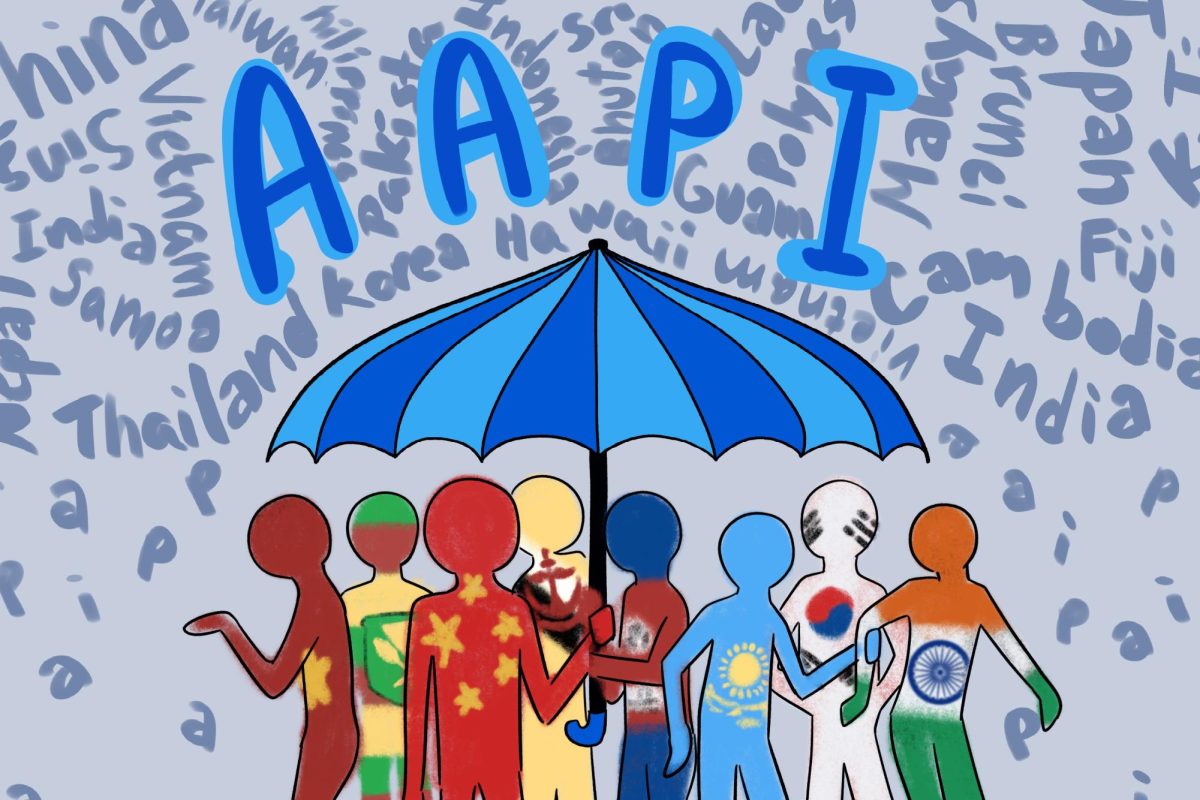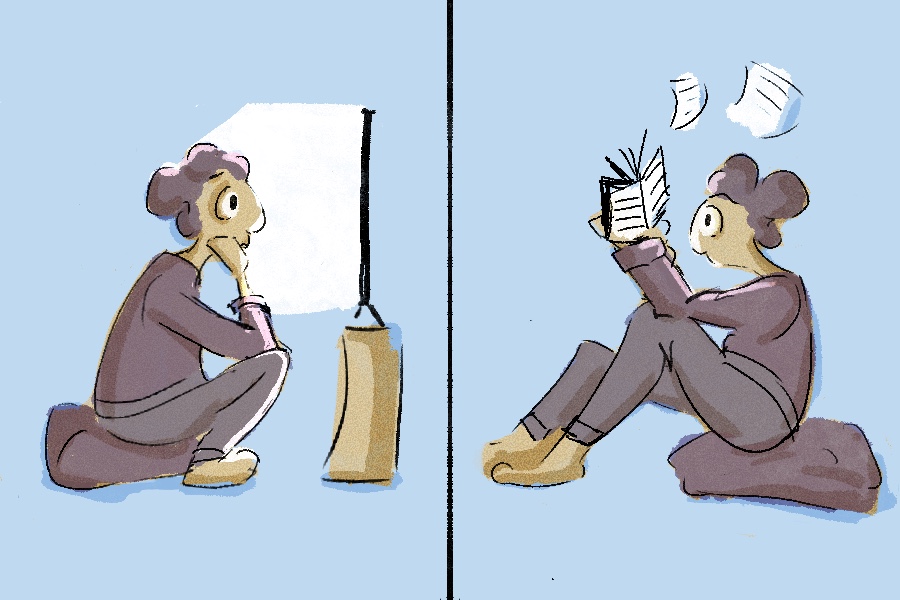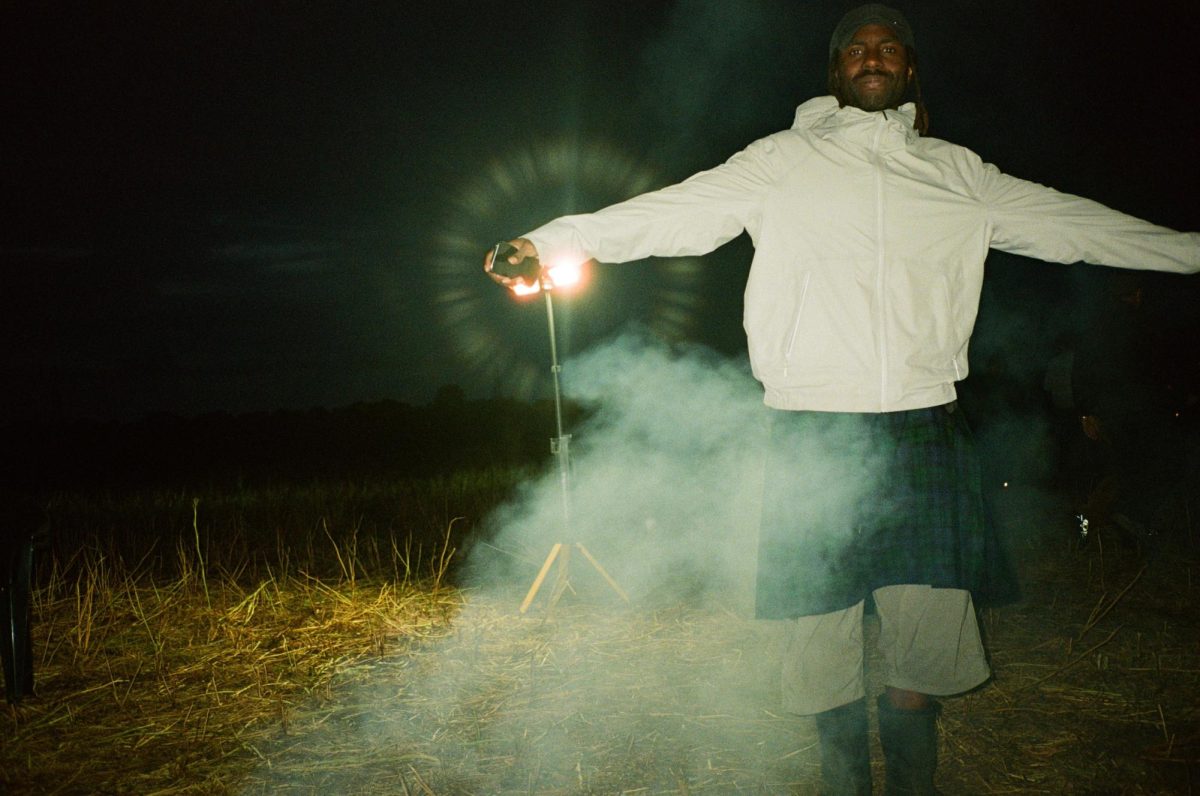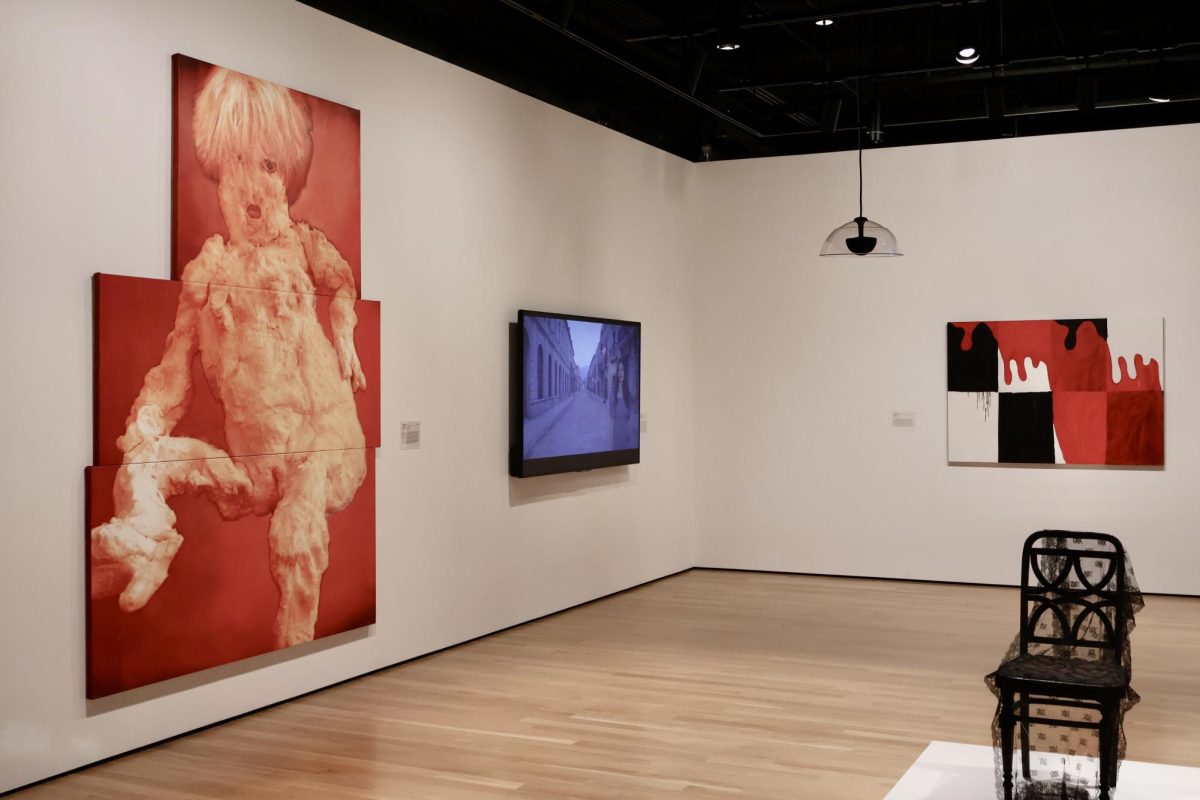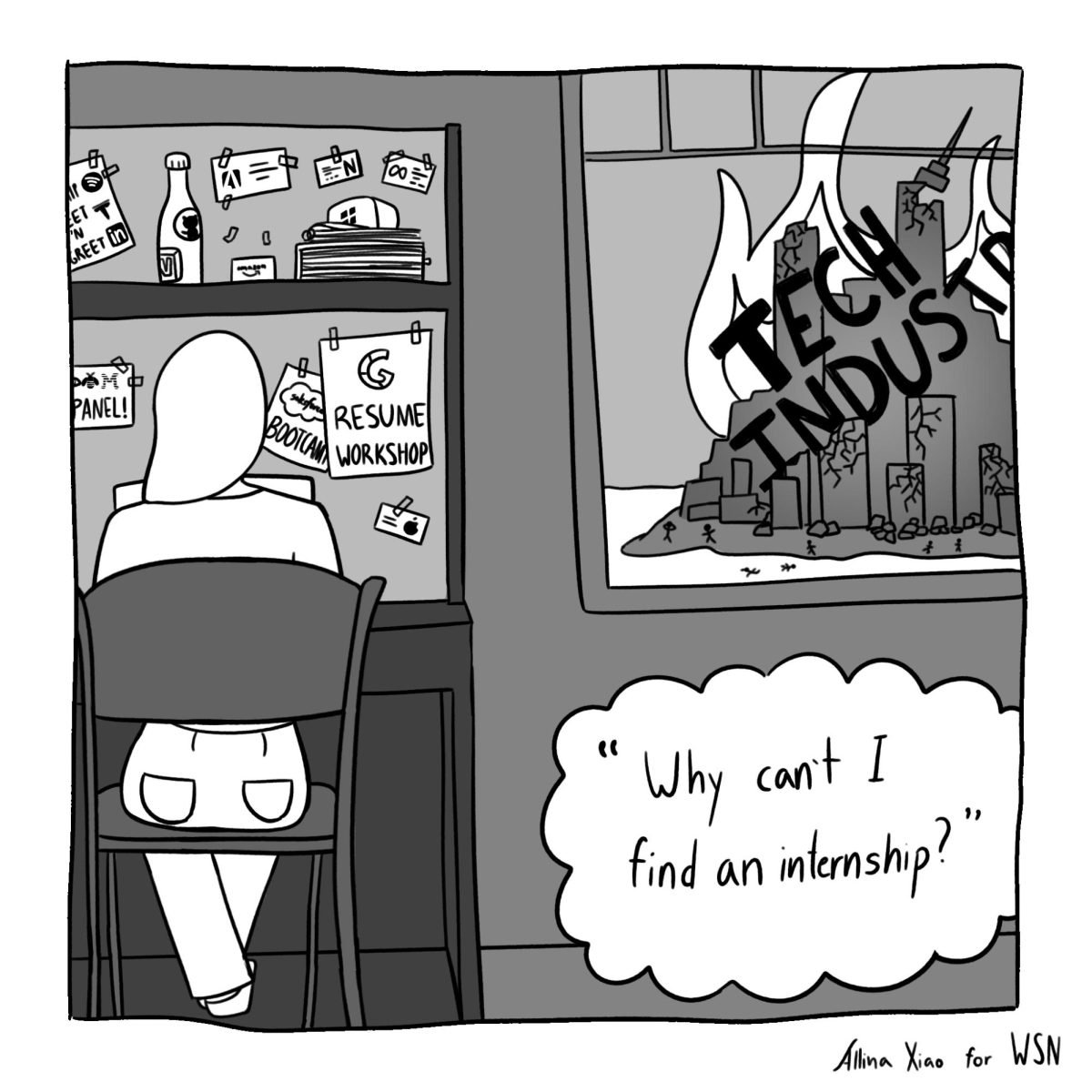Early last week, Google lifted the veil shrouding the world’s most secretive country with its detailed map of North Korea. Featuring roads, railways, hospitals, schools and even the occasional restaurant, the country above South Korea is no longer an empty white area. Although this may be a massive step toward Google completing its mission of “providing people with the most comprehensive, accurate and easy-to-use modern map of the world,” one must ask who this map was made for. Internet access in North Korea is restricted to the very elite, and tourists visiting the secretive country would hardly be in need of a map with their very knowledgeable government-provided guide. Rather than conveniencing the citizens and tourists of North Korea, Google has begun to force the secretive Democratic People’s Republic of Korea closer to the precipice of modern civilization and has taken a large step toward unveiling the crisis in the North to the general conscience.
Among the landmarks now labeled in North Korea, perhaps the most striking and uncomfortable is the fully labeled prison labor camps, which appear as light gray areas. Among the rows of uniform rectangular buildings which occupy Camp 22 in the North-East corner of the country on the border with China, one can now read “Offce of Gulag Director,” the “Guard’s Restroom” and the “Pharmaceutical and Food Factory” where prisoners labor. Far from a convenience, these labels make real what was previously limited to the rants of human rights activists and fringe protesters. The same medium that allows us to find the nearest Starbucks can now be used to expose the humanitarian crisis of our generation.
The nighttime satellite image of North Korea remains an empty void. NASA’s new image of the Korean peninsula re-affirms the North’s status as an awkward blank above a glittering and prosperous South. It is an expanse that appears from space as nothing more than what may be a body of water between South Korea and China, and also where twenty four million people may live unnoticed by Western eyes. What Google has done is to fill this void in the eyes of the general public, and identify signs of life in a country where these signs have long been few and far between.
This is not the first time that this dark space on the world’s map has been filled in. “North Korea Uncovered,” created by a former graduate student of John Hopkins University, Curtis Melvin, is the product of years of research using the analysis of satellite photography and eyewitness reports, and is above all a valuable tool for those who wish to further understand the issue at hand. Despite Melvin’s map being more detailed and more accurate, it is the accessibility of Google’s which gives it the potential to become a catalyst in public awareness.
Speaking with the New York Times, Melvin commented that Google’s map “provides the umph to get more people focused on the issue.” Only time can tell, and yet the sardonic comments posted through Google’s user-generated review section seem to suggest that at least people have noticed. “Looking for some alone time? No worries all families are separated upon entry. Who knows what adventures await you in North Korea’s leading death camp.”
The West has become somewhat of an audience to a mischievous caricature of North Korea, and laughing at the inanity of the DPRK and its leaders has become entertainment. One would be hard pressed to find someone who does not smirk at the idea of Kim Jong-Il’s birth being foretold by a swallow and then marked by the appearance of a double rainbow over a mountain. And yet the dark contrast between such a fairytale and utter depravity which is the reality in North Korea, should press Western audiences to perhaps adjust their viewpoint. Since he has become Supreme Leader, Kim Jong-Un has given a shoot-to-kill order to soldiers patrolling the border, overseen the successful launch of a rocket that could lend itself to long range missile technology and promised future testing of nuclear devices. Perhaps our smirks should begin to show some concern. The thousands of people weeping at the death of Kim Jong-Il – rather than being merely something strange or even comical – demonstrates the extent to which the cult of personality has been allowed to permeate the minds of a whole nation.
The value found in Google’s new maps can only be realized in our reaction to them. When the UN Special Rapporteur on Human Rights in North Korea, Vitit Muntarbhorn, reported that the country was “sui generis (in its own category),” and recommended that it be placed at a top priority, his voice fell mostly on deaf ears. The darkness that shrouds North Korea, however, is beginning to dissipate. March of this year will see the next session of the U.N. Human Rights Council, and it is a prominent opportunity – albeit one that is long overdue – to begin an inquiry into crimes against humanity in North Korea. We cannot wait for the DPRK to wither away naturally; history judges harshly those who in possession of evidence choose not to confront the criminals.
Peter Keffer is a foreign correspondent. Email him at [email protected].




